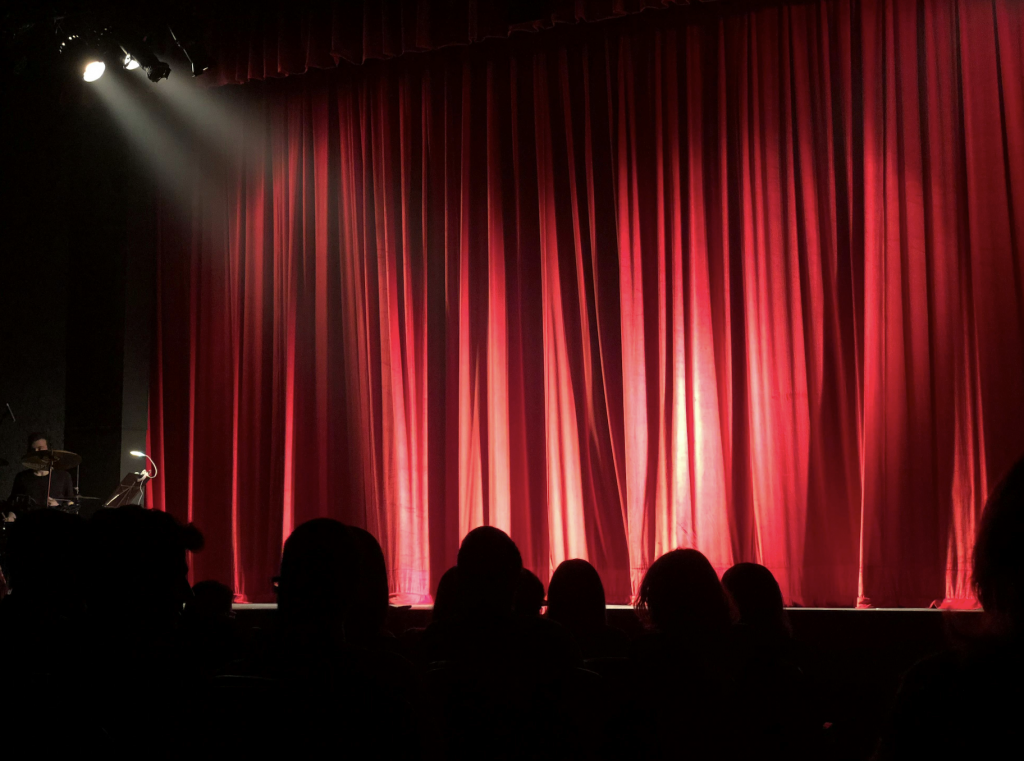Hamilton. The name alone conjures images of packed theaters, soaring vocals, and a revolutionary narrative. Now, imagine that same energy, that same passion, but communicated through the fluid and expressive language of American Sign Language (ASL). That’s exactly what a viral TikTok series by a group of high school students involved in ASL Theatre is delivering, and it’s sparked a fascinating conversation online.
These talented young performers are tackling the complexities of Lin-Manuel Miranda’s masterpiece, translating lyrics and emotions into a visually stunning and powerfully engaging performance. From intricate choreography to dynamic facial expressions, their interpretation is captivating audiences, generating excitement and sparking debate in equal measure.

Why ASL Theatre’s Hamilton is Setting the Internet on Fire
The excitement is easy to understand. These students are showcasing incredible skill and creativity. They’re not simply translating the words; they’re interpreting the nuances of the music and conveying the emotional depth of the characters. This accessibility opens Hamilton up to a wider audience, specifically the Deaf community, who might not have fully experienced the musical otherwise.
Many viewers are also inspired by the dedication and artistry of these young performers. Seeing Hamilton through this lens offers a fresh perspective and appreciation for the original work, highlighting the power of visual storytelling and the beauty of ASL.
The Controversy: Appropriation or Accessibility?
It’s important to note that ASL Theatre is comprised of high school hearing, and hard-of-hearing students. Their students are a group of “dedicated high schoolers who have each been studying and learning American Sign Language for 3+ years” according to their “About ASL Theatre” post on Tik Tok.
They also address the fact that they know their interpretations are not perfect. They acknowledge that the translation of the lyrics of Hamilton from English into American Sign Language were chosen to match the levels of the students involved.
Like everything in life, we know that this project is not without its flaws but we always want to encourage our students to keep striving! We are happy that they were courageous enough to do their very best: they know too, that there is always room for improvement. – ASL Theatre’s “About ASL Theatre” Post to Tik Tok
Their performances ignited a complex conversation about appropriation & translation choices. Some argue that taking a musical so deeply rooted in the experience of specific communities and reinterpreting it without proper involvement from those communities could be seen as appropriation. Others dove into specific interpretation choices like signing “CHANCE” for the lyrics in “My Shot” instead of “SHOT”.
Others argue that this is a case of accessibility and artistic interpretation. They believe that making Hamilton accessible to the Deaf community is a positive step and that the students’ efforts should be celebrated for their creativity and dedication. The key, many argue, lies in acknowledging the source material, respecting its original intent, and ensuring that the performance is presented with sensitivity and cultural awareness.
At the end of the day it’s important to remember that this performance was for education-only & non-paying audiences. It was posted to Tik Tok as a chance to highlight these student’s accomplishments of translating, learning, and performing in their second language.
Why High School Students Are Taking on This Challenge
Beyond the viral fame and the debates, it’s important to understand why these high school students are dedicating themselves to this project. For many, it’s a passion for both musical theatre and ASL. It’s an opportunity to combine their talents and express themselves in a unique and meaningful way.
Furthermore, these students are actively promoting Deaf culture and ASL through their performances. They’re raising awareness about accessibility and challenging the traditional limitations of theatre. This is a powerful statement, particularly for young people who are passionate about making a difference in the world.
Moving Forward: A Conversation Starter
Ultimately, the viral Hamilton by ASL Theatre is a valuable conversation starter. It forces us to consider issues of accessibility, cultural representation, and artistic interpretation. Whether you view it as appropriation or accessibility, it’s undeniable that these students are sparking important dialogues and showcasing incredible talent.
Perhaps the most valuable outcome will be a deeper understanding and appreciation of Deaf culture and the power of ASL. Let’s continue to engage in thoughtful discussions about these performances, ensuring that the conversation remains respectful, inclusive, and focused on promoting accessibility and understanding for all. What are your thoughts on this fascinating adaptation? Share them in the comments below!
Until next time, ta ta! 😄🤟



